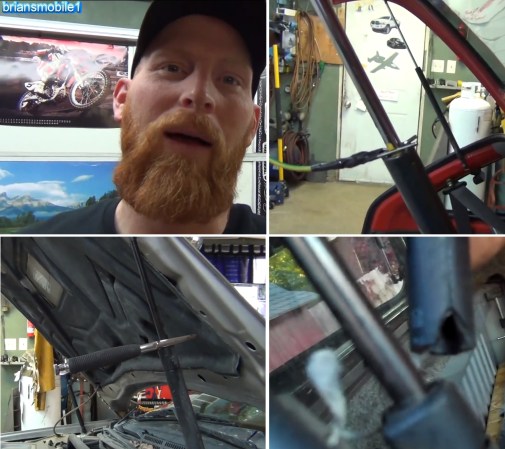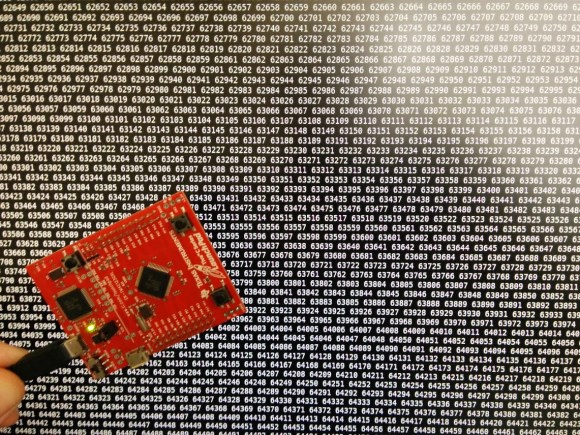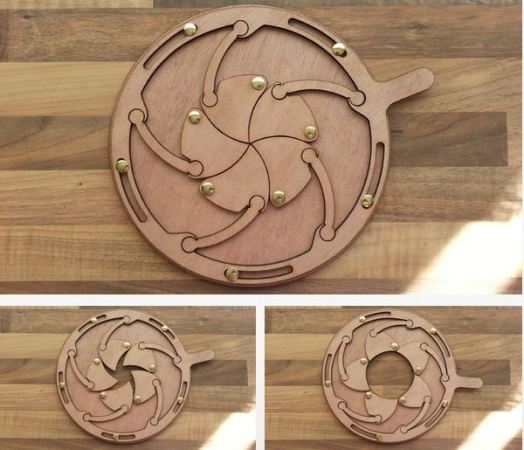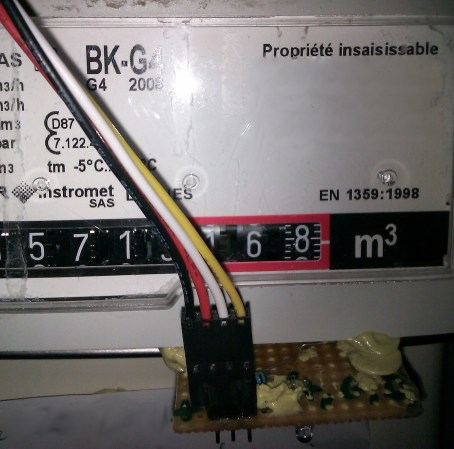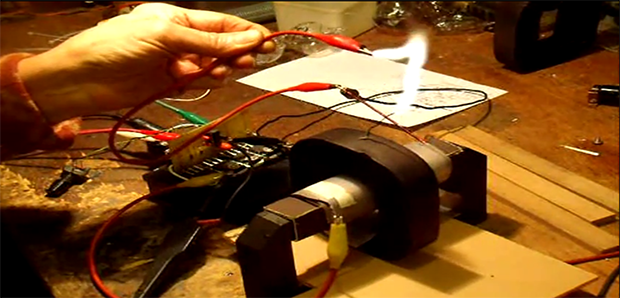
The theory behind building power supplies is relatively easy, but putting it into practice and building a multi-kilovolt supply is hard. A big transformer in air will simply spark to itself, turning what could be something very cool into something you just don’t want to be around. [glasslinger] over on YouTube is an expert at this sort of thing, as shown in his 50,000 Volt power supply build. That’s a 55 minute long video, and trust us: it’s worth every minute of your time.
[glasslinger] began his build by taking an old 15,000 Volt neon sign transformer and repurposing the coils and cores for his gigantic 50,000 volt transformer. There was a small problem with this little bit of recycling: the neon sign transformer was potted with tar that needed to be removed.
To de-pot the transformer, [glasslinger] made a small oven from a helium tank, melting all the goo out with an old school gasoline torch. From there, hours and hours of cleaning ensued.
The transformer cores were cleaned up and cut down, and a new primary wound. A small-scale test (shown above) using the old secondaries resulted in a proof of concept with some very large sparks. The next step was putting the entire transformer in a box and filling it with transformer oil.
The money shot for this build comes when [glasslinger] assembles his transformer, rectifier, and all the other electronics into a single, surprisingly compact unit and turns standard wall power into a 50,000 Volt spark. You can literally smell the ozone from the video.




















